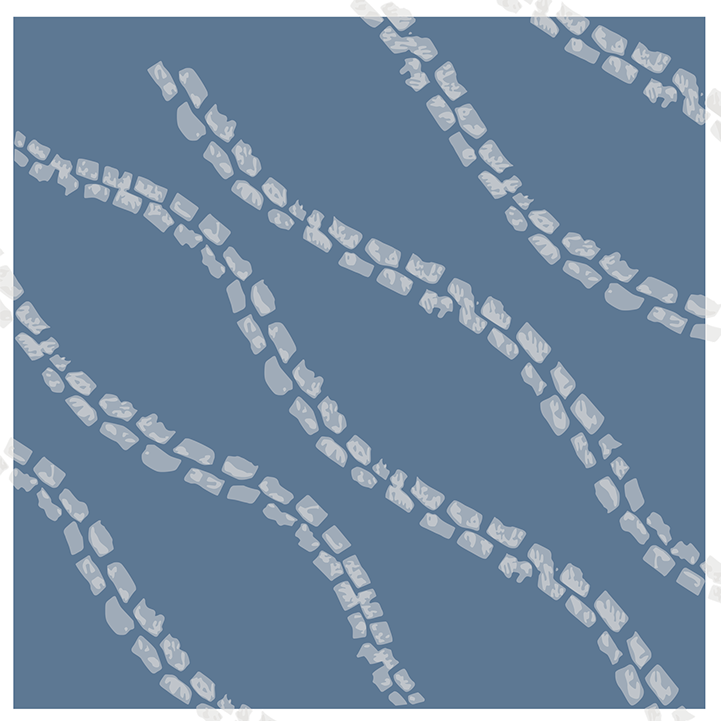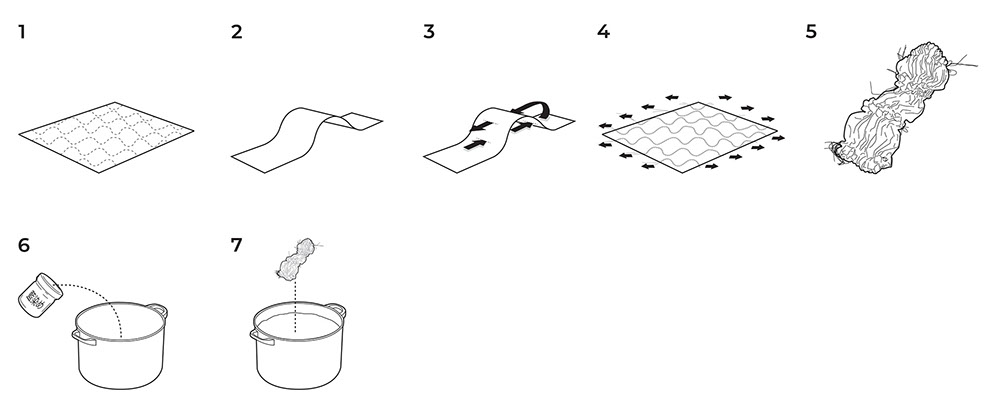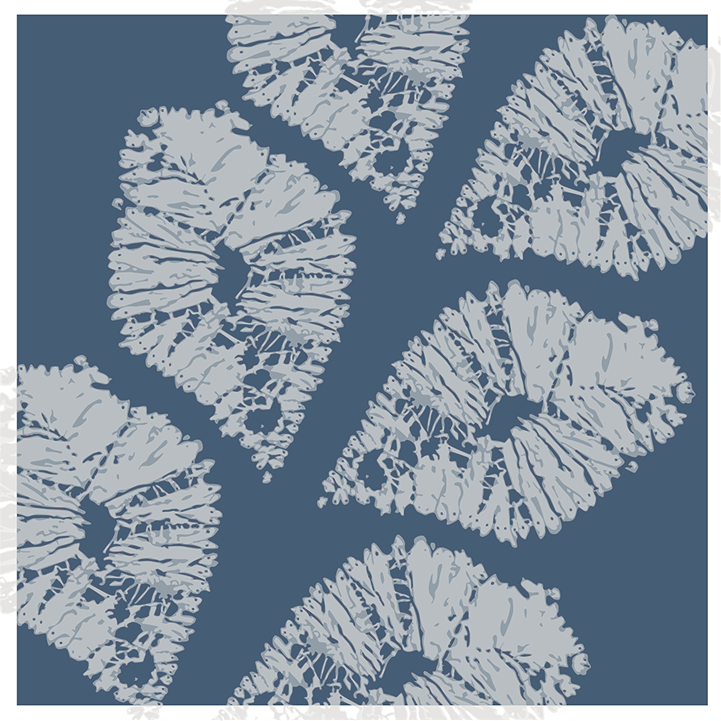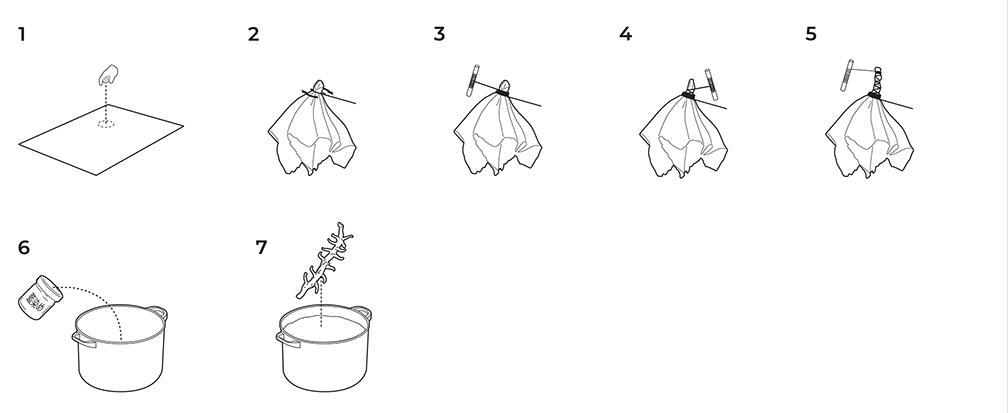"You know, I really enjoy forgetting. When I first come to a place, I notice all the little details. I notice the way the sky looks. The color of white paper. The way people walk. Doorknobs. Everything. Then I get used to the place and I don't notice those things anymore. So only by forgetting can I see the place again as it really is."
David Byrne
True Stories
"...and if I ever went solo my favorite MC would be me."
Phife Dawg
Midnight Marauders
© John Conner. Design Portfolio. 2019.
HOPE,
FEAR,
EXCITEMENT,
SATISFACTION.




1. White rice is prepared and steamed.
2. The steamed rice brought into a high temperature, high humidity room (the koji muro) and is spread and allowed to cool slightly.
3. Spores of the aspergillus oryzae mold (koji-kin) are sprinkled onto the spread out rice.
4. The rice is wrapped in cloth and allowed to incubate for a day to allow the mold to propagate fully.



1. A pattern is marked along the cloth.
2. The cloth is pinched with the fingers along the pattern lines.
3. A single row of running stitches is made close to the fold, which is pinched as the stitching progresses.
4. The threads are drawn tight to synch the fabric into a folded form.
5. The drawn threads are knotted.
6. The indigo dye is prepared.
7. The drawn cloth is dyed.



1. Outline of design motif is stitched with running stitches and the thread is drawn tight to form the neck in the cloth.
2. Binding thread is held taut in the right hand. Using the left hand, the neck of the shaped cloth is placed on top of the tautly held thread midway between the loop and the dowel.
The thread from the dowel is looped once around the neck of the cloth.
3. Tension is maintained on the thread by the left hand holding the shaped cloth.
4. The crisscross binding is achieved with a circular motion by using the left hand to turn the shaped cloth down towards the loop, and under the taut thread, and to bring one turn of the thread over the shaped cloth.
5. Binding actions alternate. Thread is knotted with a single knot.
This repeats along the cloth to form a pattern.
6. The indigo dye is prepared.
7. The bound cloth is dyed.



































